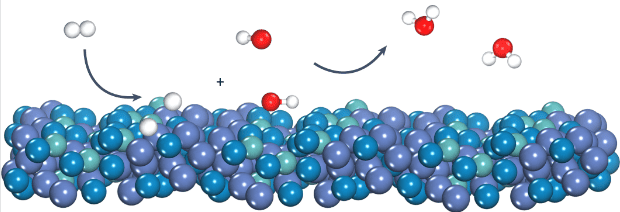First discovered and isolated by Swedish chemist Axel Fredrik Cronstedt in 1751, nickel is a silvery-white metal found in the Earth’s core and crust and in meteorites.
What are the attributes of nickel?
Nickel is a generally versatile metal that is highly ductile. It is especially useful as an alloying element that can enhance the properties of the metals with which it is joined.
For example, when nickel is added to certain grades of stainless steel, the alloy that is created offers enhanced corrosion resistance and improved high-temperature endurance.
Nickel alloys
Nickel is able to alloy easily with a significant number of metals. The most common nickel alloys are:
Nickel-iron alloys
These alloys are excellent where a lower rate of thermal expansion is desired and also give higher dimensional stability. A nickel-iron alloy has a coefficient of around ten percent of carbon steel. These alloys are used in applications such as thermostat rods, precision measuring equipment, inductors, transformers, and memory storage devices.
Nickel-copper alloys
These alloys are extremely resistant to corrosion from salt, water, and seawater; subsequently, they are used in marine piping systems, seawater valves, and pump shafts. These alloys usually contain around two-thirds nickel and one-third copper.
Nickel-titanium alloys
These alloys have unusual properties in that they are able to form and reform shapes. The initial shape is formed at a high temperature and then deformed at a lower temperature, yet it ‘remembers’ the original shape and reverts back to this when it is heated at what is called its ‘transition’ temperature. They have super-elastic properties and have been used in buildings as shock absorbers for protection against earthquakes.
Nickel composites
Nickel composites are an increasingly popular choice when it comes to surface coatings. They can offer excellent corrosion/wear resistance and high hardness. If you would like to know more about nickel composites as a coating option, there are several specialist companies in the UK.
Other types of nickel alloys include nickel-molybdenum, nickel-chromium, and nickel-chromium-cobalt. These each have their own characteristics, including resistance to acids, high electrical resistance and increased creep rupture strength respectively.



